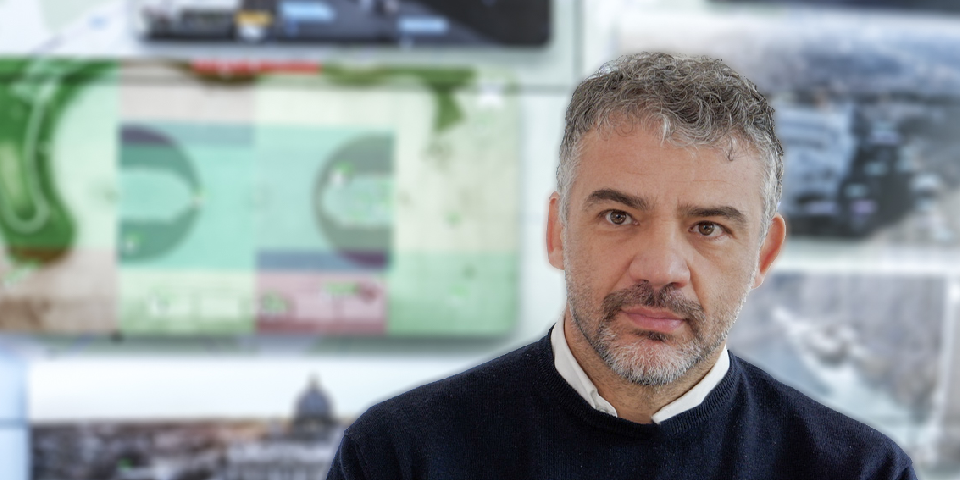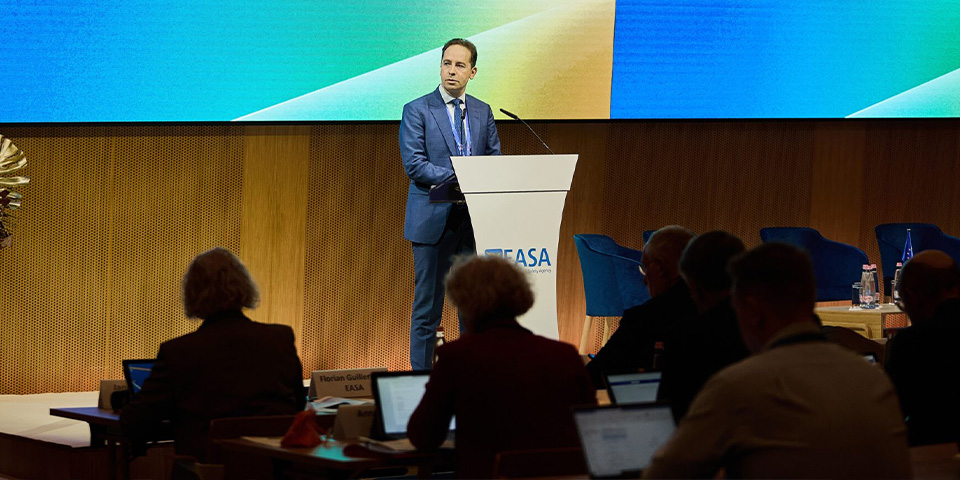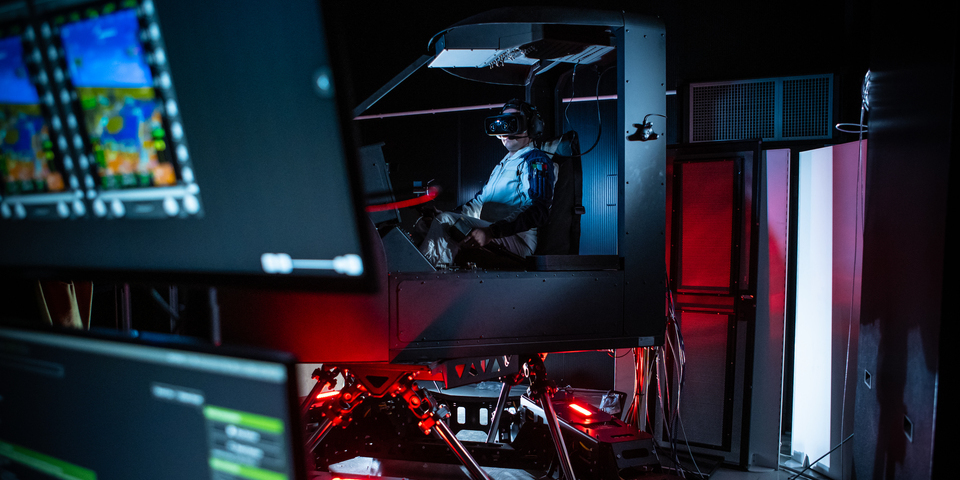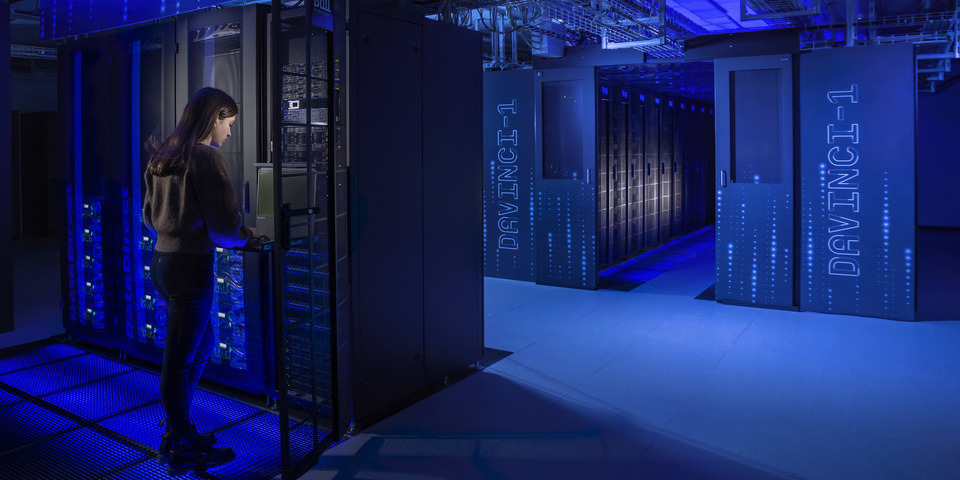A search and rescue crew scours remote mountainous terrain for a walker reported missing in sub-zero temperatures. Thanks to an AI-driven object detection system, they pinpoint the casualty in a matter of minutes.
Meanwhile, thousands of miles away, a crew operating in congested urban airspace receives an automated alert warning of a conflict with drone traffic. The alert allows the pilot to take immediate evasive action and safeguard the aircraft.
These two very different scenarios (described in the case studies below) are practical examples of how we are collaborating on potential applications in AI to real-world operations.
Focus on real-world challenges
In the past three years, across Leonardo Helicopters we have accelerated our efforts in the field of AI.
We recognise that AI can help to address some of the most critical challenges faced by our customers: How to enhance safety. How to reduce pilot workload. Finding smarter ways to minimise the time and cost of maintenance.
“The pace of progress with AI is exciting. And already what is possible today would have been unimaginable only a few years ago,” says Emanuele Bezzecchi, Leonardo Helicopters’ AI Roadmap Manager. “However, it’s also clear that we are at the start of the journey, not the end.
"We are focused on where AI can bring the most value. There are two main areas. Firstly, integrating AI-based technologies within our product line and secondly, using AI to enhance our processes and the services we will offer in future in areas such as support and training.
"Our Diagnostic Service Tower is a good example on the services side. It’s the place where we collect all the HUMS data coming from our customers’ operations. Analysing these data using AI techniques is an important step in enabling predictive maintenance where we can be much more targeted in our maintenance activities to save operators time and money.”

How we’re collaborating on AI
We recognise the importance of partnerships in maximising the potential of AI. So, we are collaborating with operators and external partners to trial emerging AI capabilities.
Soccorso Alpino (Valle d’Aosta): AI in search and rescue missions
When helicopter search and rescue crews attempt to locate a casualty in inhospitable terrain, every minute counts. Crews could soon have a powerful ‘extra pair of eyes’ to help them – with AI at the heart of the technology.
We have been collaborating with the Italian mountain rescue service Soccorso Alpino (Valle d’Aosta) and our colleagues in the Artificial Intelligence Research Centre (AIRC) of Leonardo’s Cyber and Security business.
The result is an AI-driven object detection and tracking solution called G4SAR. It uses a 4K camera augmented by AI software. While initial testing has taken place using drones, the system is also capable of being integrated into the belly of a helicopter or connected to Uncrewed Air Systems (UAS).
G4SAR allows an operator to view a live video stream of the search activity. If the software detects a person on the ground, it captures an image, which can then be enhanced for the crew to assess.
The software can also detect a human being even they are only partially visible – for example, by recognising a limb or part of their torso.
One challenge was the lack of a detailed dataset for mountainous terrain – tree cover, rock formations, boulders, shrubs and other objects needed for the AI model.
Soccorso Alpino (Valle d’Aosta) found a novel way to address this. They recruited volunteers to act as mock casualties, hiding themselves away in the mountains of the Italian Alps to mimic real-life rescue scenarios. Aerial images could then train the AI system to distinguish human casualties on the ground.
In October 2024 we took the next development step by completing successful flight trials in southern Italy with G4SAR integrated into an AW189 helicopter. The platform is the ideal testbed because of its pedigree in SAR missions. The integration allows us to propose G4SAR on all helicopters equipped with the same cabin computer as the AW189 testbed. In future, customers will then be able to use existing AI models, develop their own models, or provide us with data to train an AI model specific to their use case.






